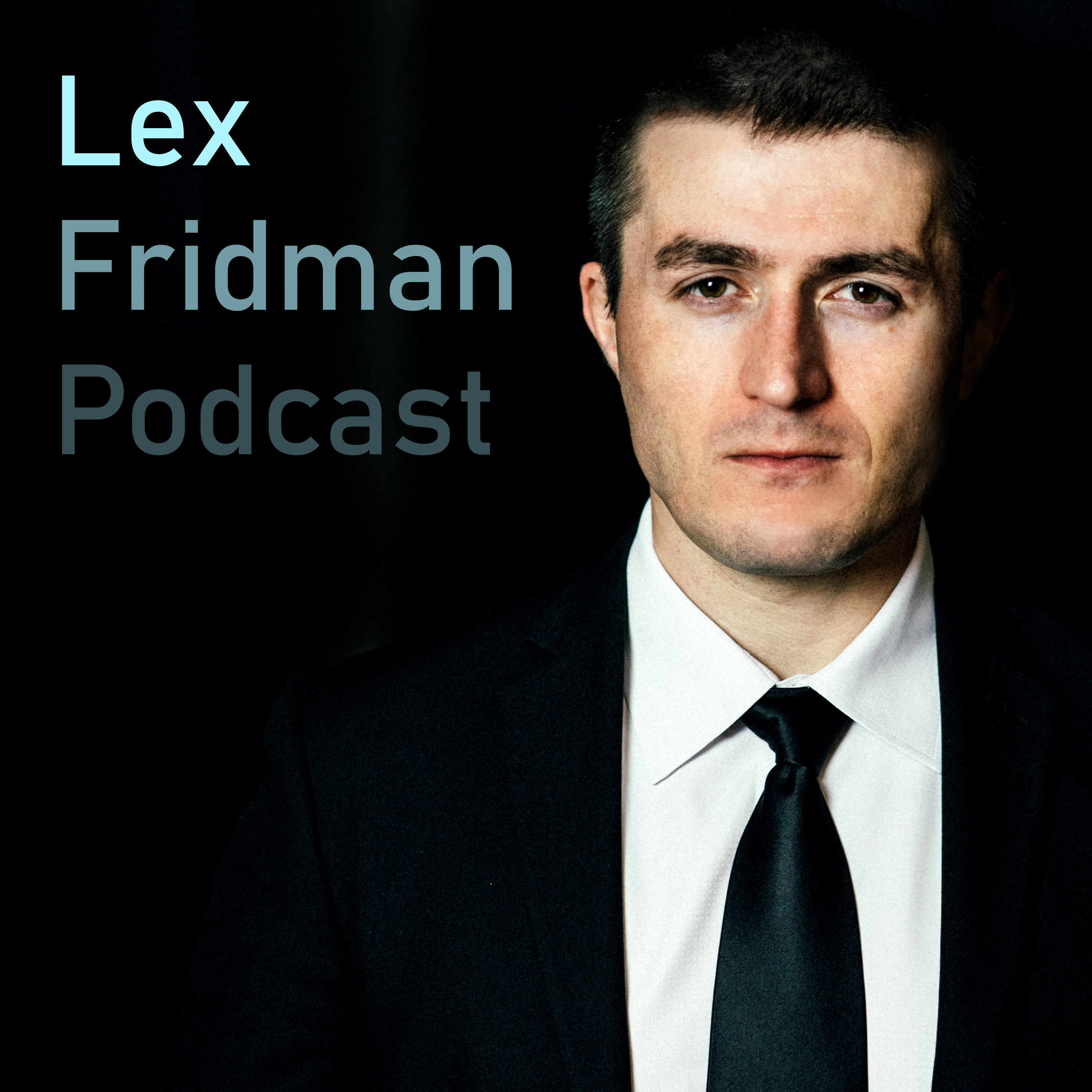Chapter

The Limitations of Machine Learning in Identifying Shots in Sports
In this podcast episode, the speaker discusses the limitations of machine learning in identifying shots in sports. While machines can be trained to recognize patterns based on factual data, they lack the ability to interpret subtle nuances and context that human analysts can pick up on.
Clips
The use of Boolean logic allows us to reason about the order of events and cause-effect relationships within a given context, but it doesn't necessarily help us derive new causal relationships from our initial understanding.
54:56 - 56:26 (01:30)
Summary
The use of Boolean logic allows us to reason about the order of events and cause-effect relationships within a given context, but it doesn't necessarily help us derive new causal relationships from our initial understanding. However, by breaking the rules and asking questions about different scenarios, we can expand our understanding in meaningful ways.
ChapterThe Limitations of Machine Learning in Identifying Shots in Sports
EpisodeJudea Pearl: Causal Reasoning, Counterfactuals, Bayesian Networks, and the Path to AGI
PodcastLex Fridman Podcast
The process of summarizing transcripts through machines requires extensive work and philosophy on learning.
56:26 - 57:45 (01:18)
Summary
The process of summarizing transcripts through machines requires extensive work and philosophy on learning. To learn the learning process, machines must watch execution trials to differentiate between the facts of the situation and how to summarize them.
ChapterThe Limitations of Machine Learning in Identifying Shots in Sports
EpisodeJudea Pearl: Causal Reasoning, Counterfactuals, Bayesian Networks, and the Path to AGI
PodcastLex Fridman Podcast
In this podcast, the speakers discuss the limitations of machine learning and how it only looks at the facts, rather than the strings behind them.
57:45 - 59:17 (01:32)
Summary
In this podcast, the speakers discuss the limitations of machine learning and how it only looks at the facts, rather than the strings behind them. They propose the idea of playful manipulation or intervention to create unexpected events, introducing noise, and ultimately creating observational studies for machine learning to infer the strings behind the facts.